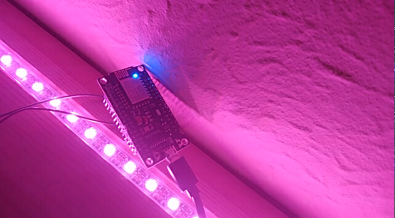One of the major problems I run into with video conferencing tools is how many of them are not at all accessible. I’m a keyboard-only user so if I need to hover a pointer in a particular area of the screen and then click an icon to mute … then I can’t do that. And if you mute me when I join because there are a lot of people here, then I can’t participate at all. To work around this, I need a one-liner to mute (and unmute) my mic … so here it is. Continue reading
12 Nov
2020

